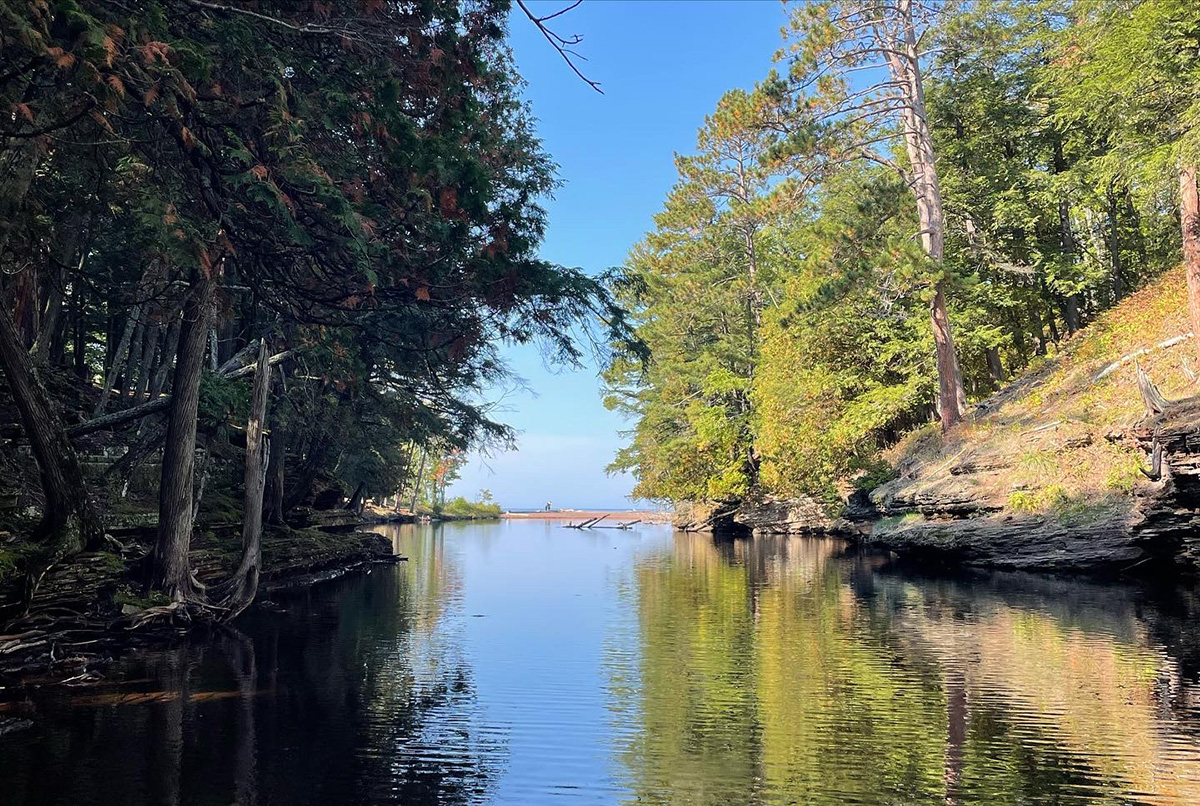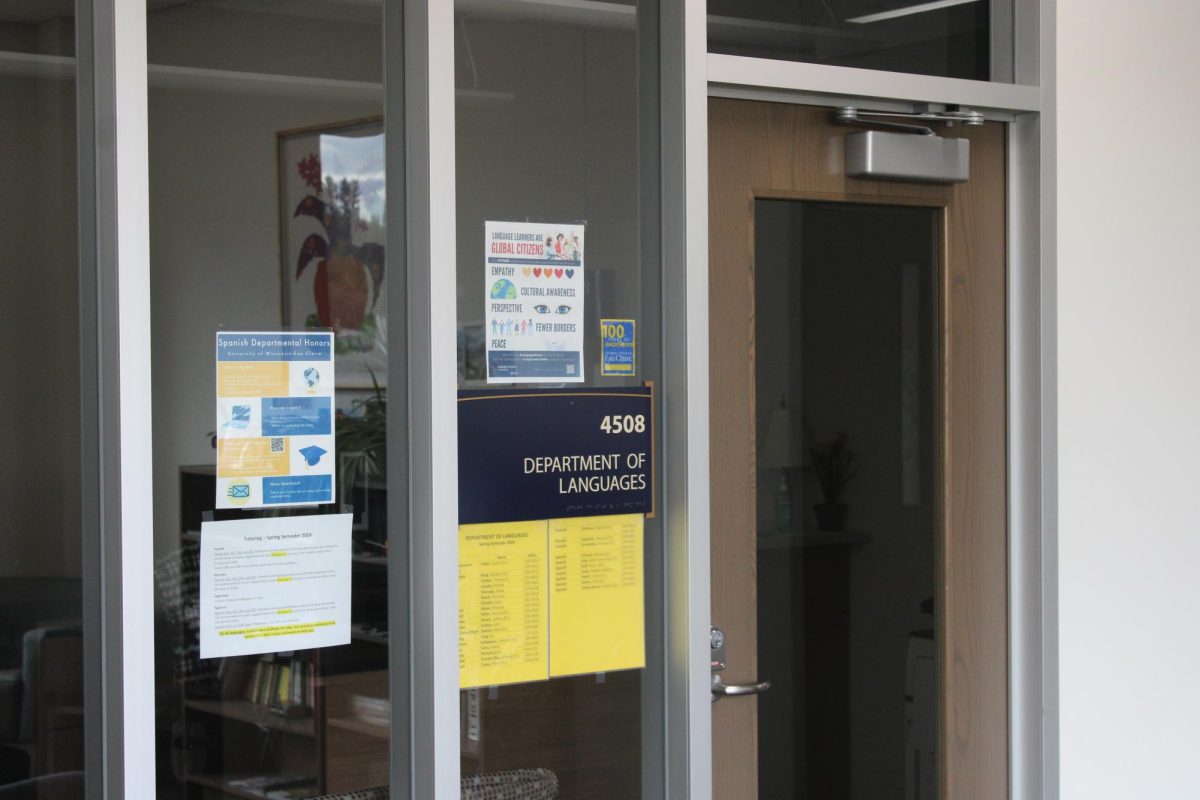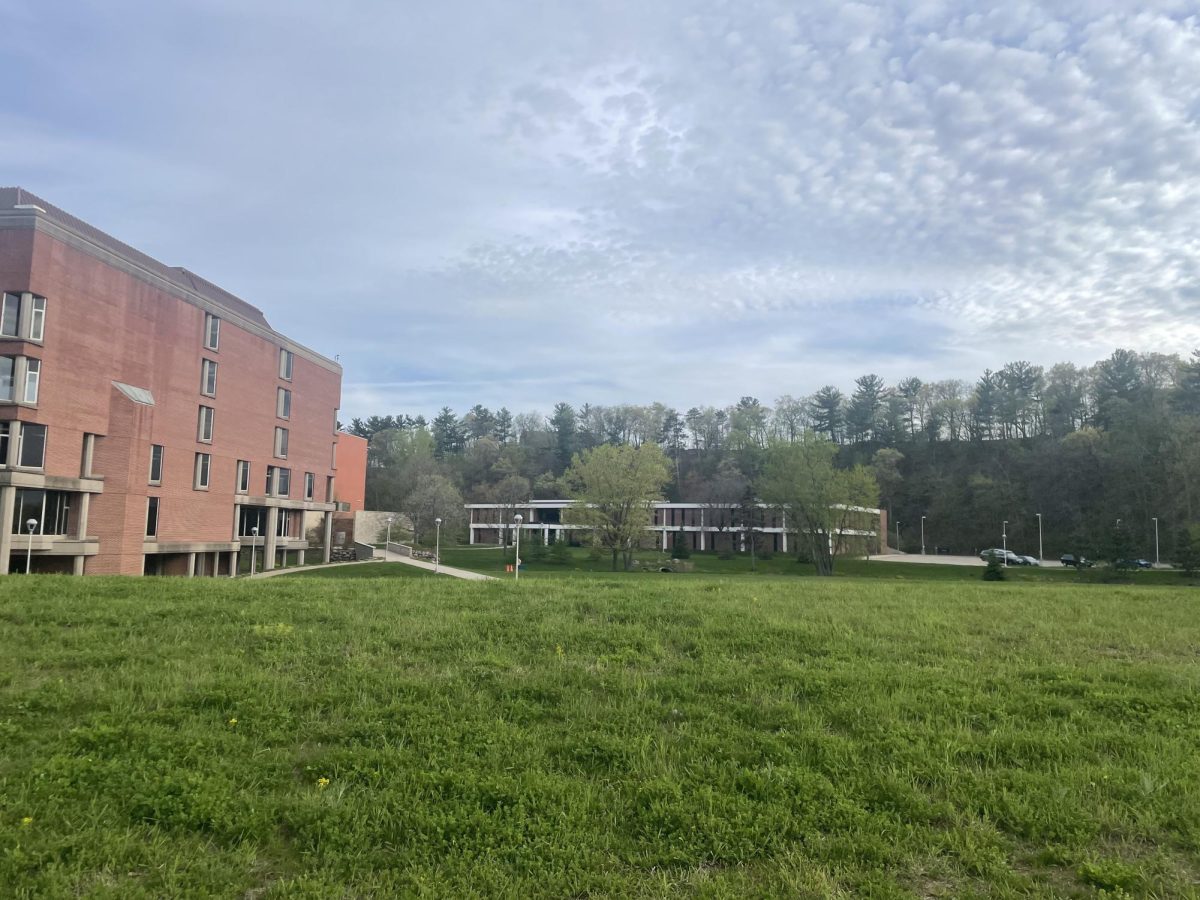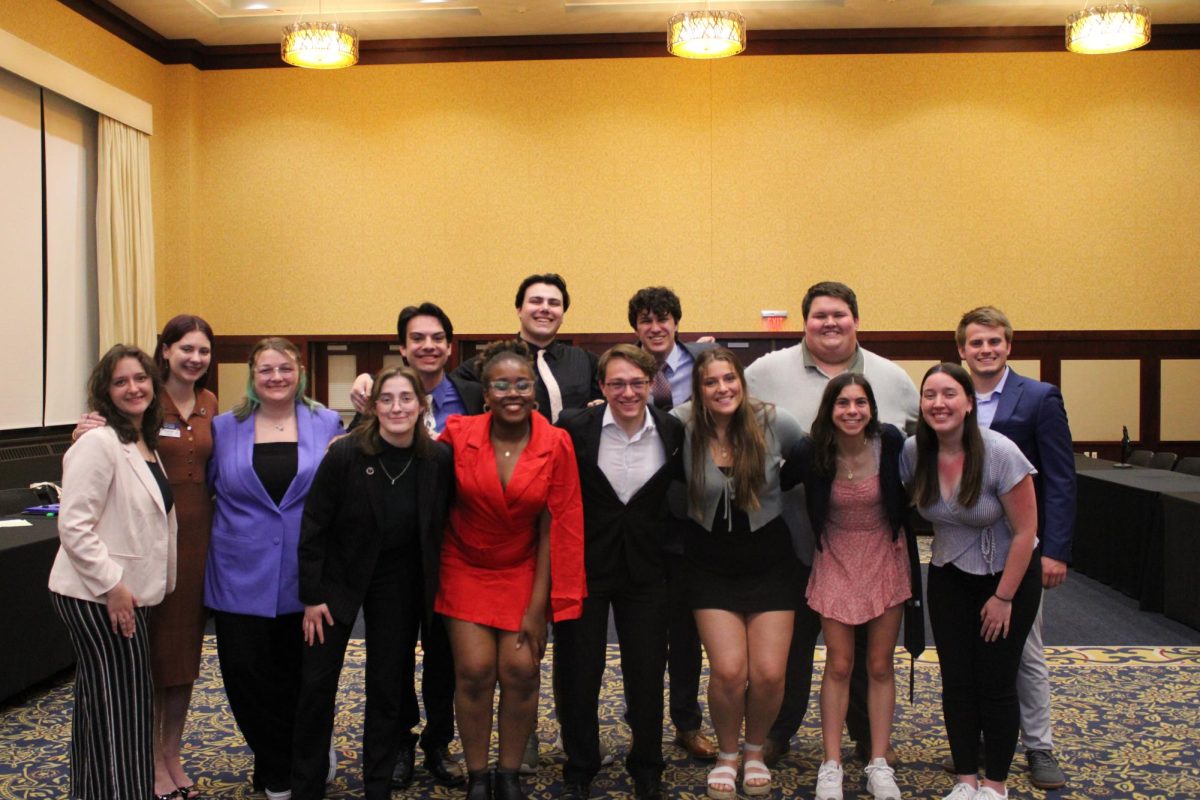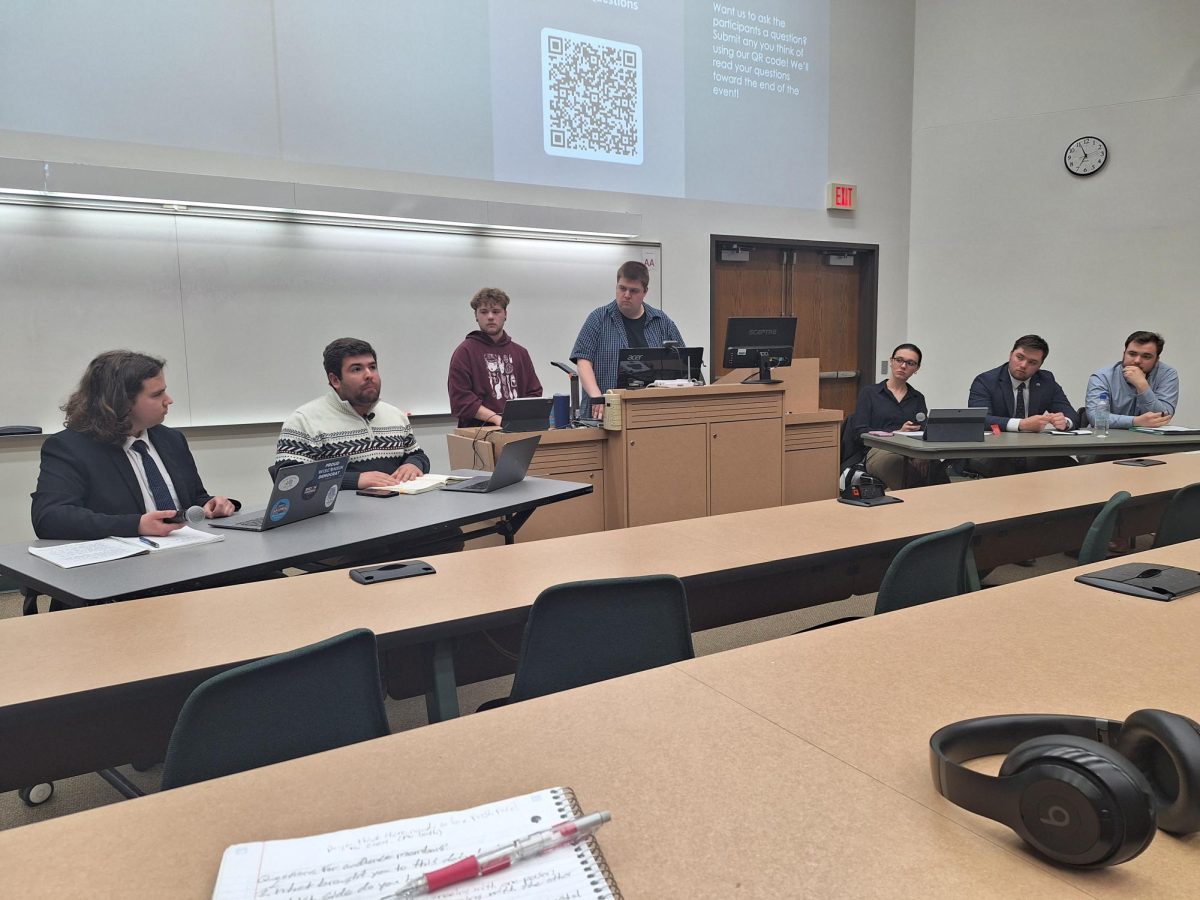Eau Claire County held an event on Monday, Feb. 19, at The Brewing Projekt, displaying actions and plans for their climate plan announced in 2019. The plan targets community members and resources to strive toward their carbon neutral goal by 2050.
Eau Claire County and city managers, coordinators and other members, such as Recycling & Sustainability Coordinator Regan Watts and city planner Ned Noel, continue to push for change and create these opportunities for our community.
Beyond the 2050 carbon neutral goal, the goal to reduce carbon emissions to 30 percent by 2030 is “a big milestone,” according to Watts.
“The 2030 goal means that we as a community are working collaboratively to reduce our emissions,” Watts said
According to 2020 carbon emission figures, the city is well on its way toward that goal, says Noel.
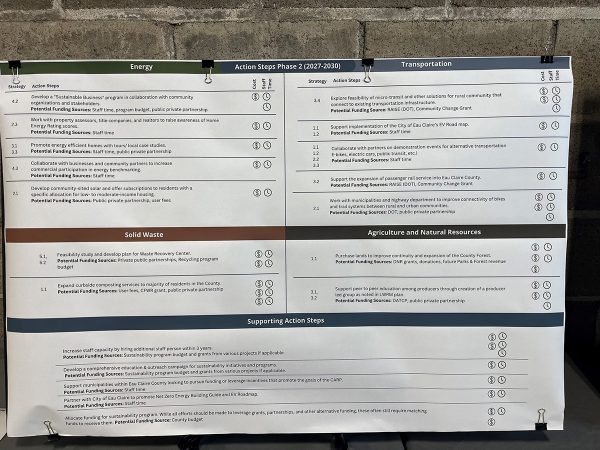
The county’s climate plan targets four leading causes within the Eau Claire community. These causes include transportation, energy, solid waste, agriculture and natural resources.
Transportation-related objectives focus on increasing the amount of electric vehicles (EVs) in the area and promoting and implementing an EV roadmap.
“Looking beyond the 2030 mark, we are looking at more progressive moves in transportation as the market for EVs progresses. It’s becoming more widely adopted and looking into alternative transportation modes within the community,” Watts said.
Increasing and expanding county bike and pedestrian walkways and bike lanes is also a considerable part of the plan. The county wants to ensure community members can safely and efficiently access bike and walk lanes in urban and rural areas.
“We want to explore options to expand transportation into the rural parts of the county. Also, part of the county bike and pedestrian plan is that our county highways have broad enough shoulders that are safe for pedestrians to travel on,” Watts says.
Along with transportation, the plan’s emphasis is on renewable energy, specifically solar. The county has continued to increase its renewable energy sources for years now. But it now seeks to provide information to help community members do the same.
“We’re looking to leverage a lot of the resources that have come through the inflation reduction act and help residents leverage, like focusing on energy and tax incentives that have become available to residents,” Watts said
Informing and educating are big parts of the plan, and as Watts said, “This is a community act.”
“A lot of it is the education piece; a lot of people don’t know about these incentives, or they have barriers to access such as not enough time, so making it digestible for people and giving them guidance, we hope people can be helped,” Watts said.
Watts continues to reiterate that this is a community act and that one of the county’s primary focuses remains on educating its members.
“The county is continuing to invest in renewable energy in its facilities and will continue to provide education and outreach for businesses and residents on the benefits of solar and the incentives they can leverage,” Watts said
With updates to Wastewater Treatment Plans in 2015, a geothermal system was included in L.E. Phillips Memorial Public Library in 2022 and solar panels added next to Fire Station No. 8 in 2021, the county is well on its way already.
Agricultural and natural changes focus more rurally and naturally. It looks to increase native habitat and tree canopies, improve enrollment and farmland preservation, and increase participation in programs that support climate-smart agriculture.
The county’s waste plan also looks to increase community events and accessibility to easy, safe and carbon-neutral waste. With a focus on household hazardous waste and electronic waste events, community involvement is also a big part of this factor.
The county also plans to ease the accessibility and promote composting within homes and at residents’ curbsides.
Eau Claire continues to show decreases in carbon emissions and electricity usage, highlighted by the county’s 14 percent drop in carbon emissions from 2015 to 2020. The county also decreased electricity use by 7.1 million kilowatts due to changes made in 2020.
Eau Claire County remains to look for ways to reduce its carbon footprint within the community’s business and residential sectors. By doing so, the county hopes to reach its goals of carbon emission neutrality by 2050 and carbon emissions of 30 percent in 2030.
Voelker can be reached at [email protected].


